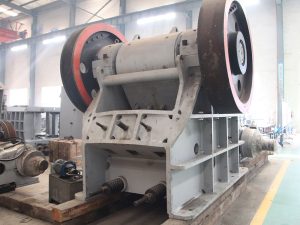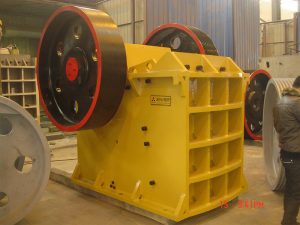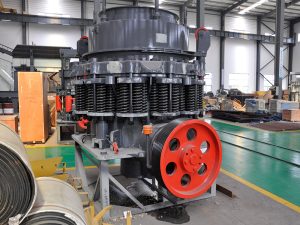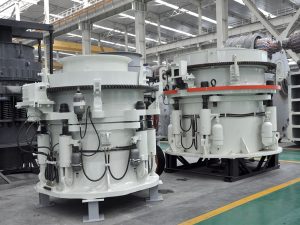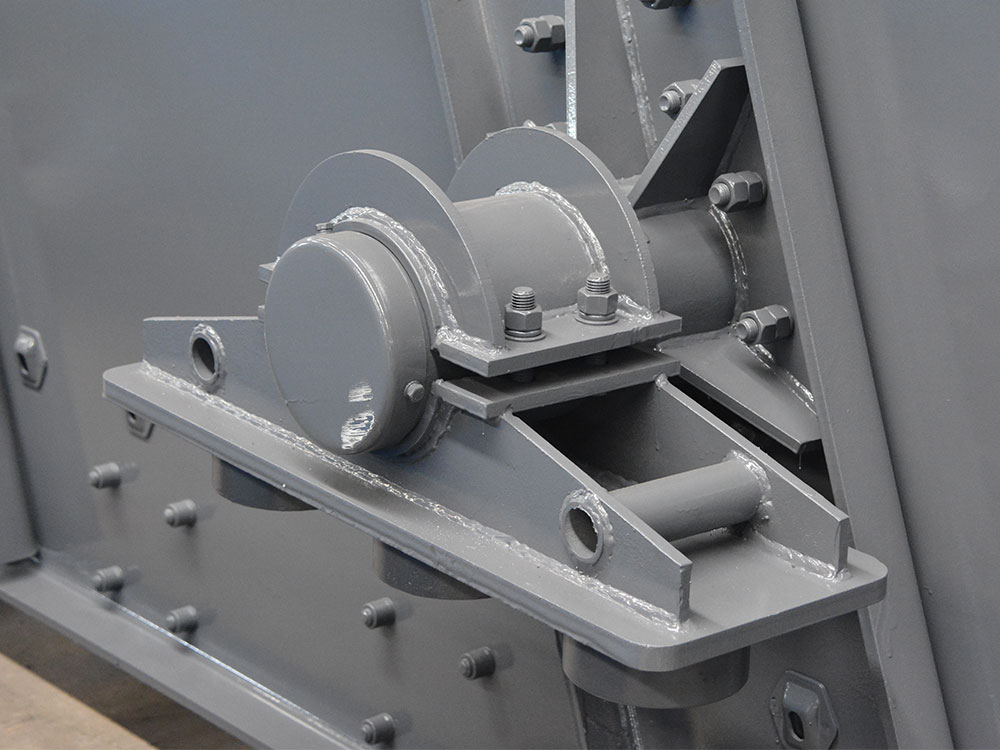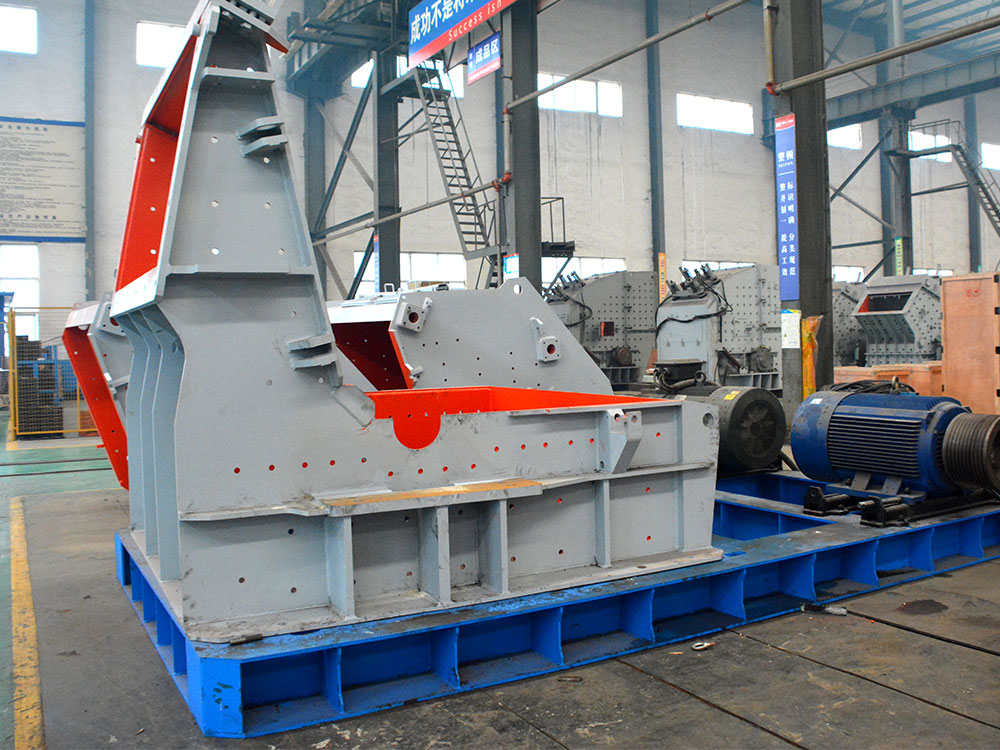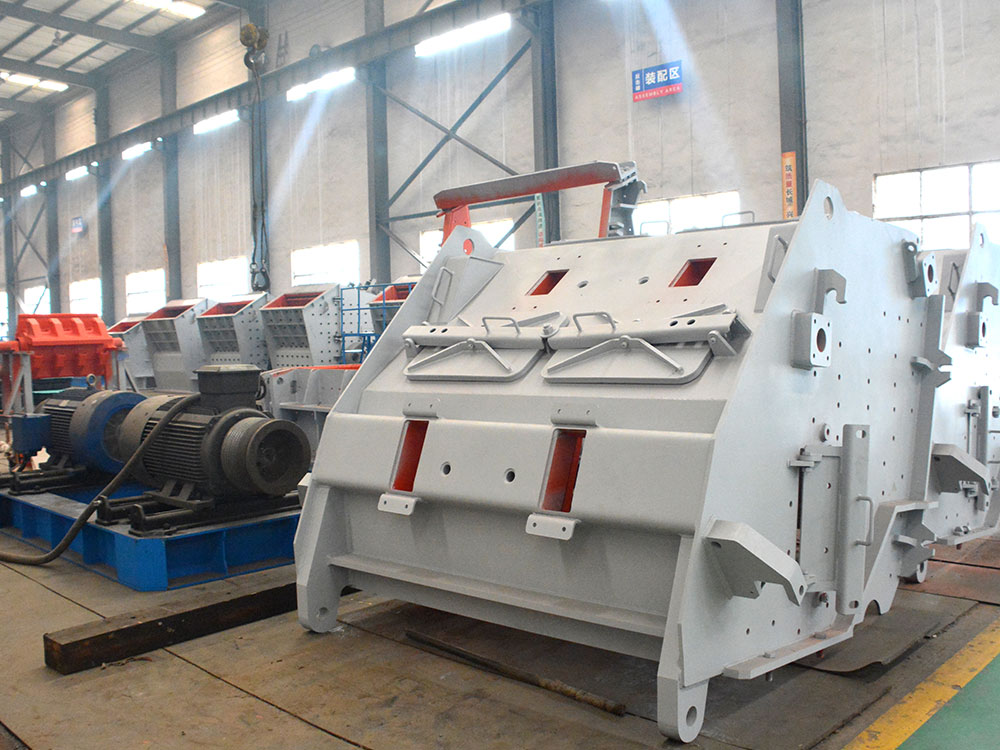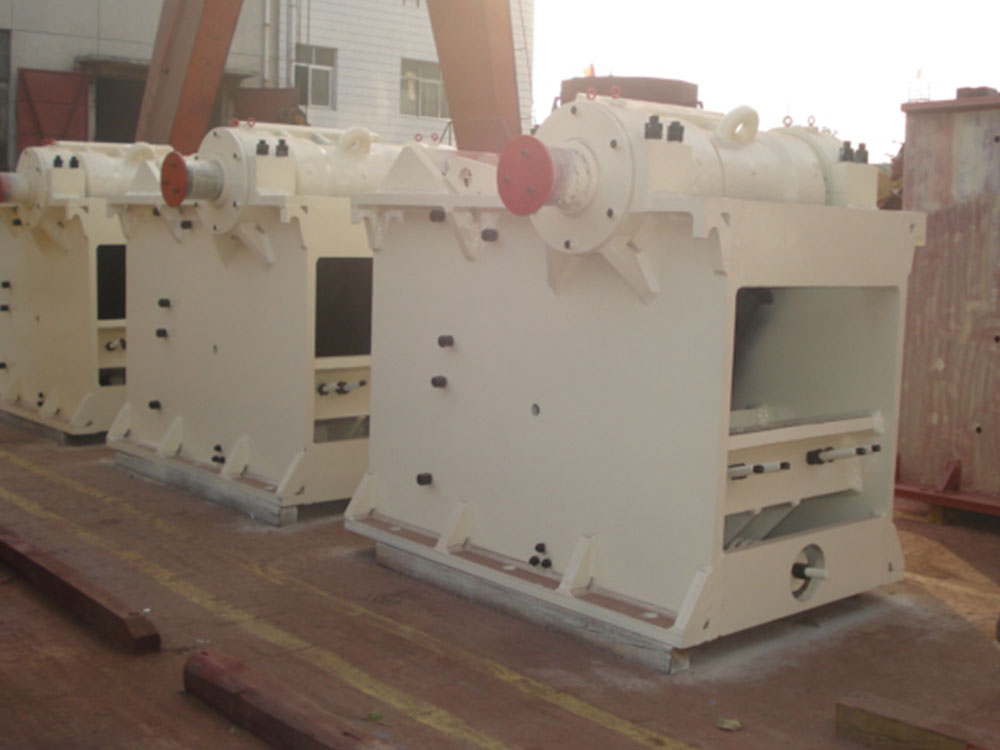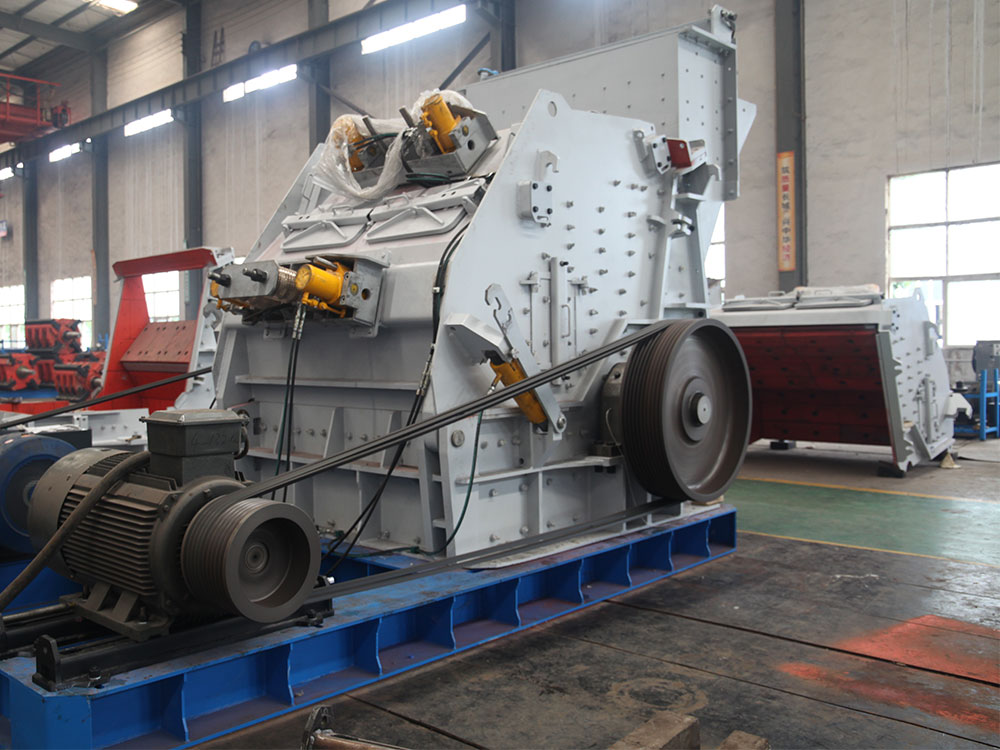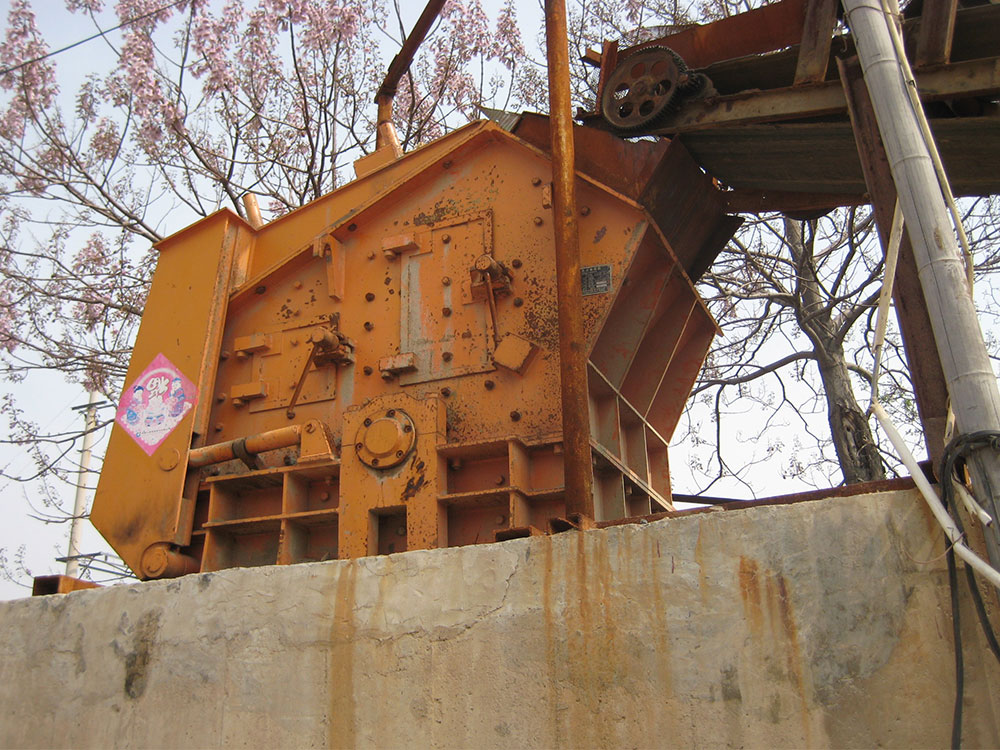Impact crushers are indispensable equipment in industries requiring efficient material size reduction. However, operators often face challenges related to large discharge particles, which affect productivity and product quality. This article explores the causes and solutions for large discharge of impact crushers, covering their working principles, applications, technical parameters, and actionable strategies to optimize performance.
How Impact Crushers Work: The Mechanism Behind Material Crushing
Impact crushers operate by accelerating materials into impact plates or hammers mounted on a high-speed rotor. The collision between materials and these components generates intense kinetic energy, breaking particles into smaller sizes. The crushed material exits through an adjustable discharge opening, which determines the final product size.
Key components influencing discharge size include:
- Rotor speed: Higher speeds increase impact force.
- Impact plate design: Determines the angle and intensity of collisions.
- Discharge gap adjustment: Directly controls particle size distribution.
Understanding this mechanism is critical to diagnosing causes of large discharge in impact crushers.
Impact crushers are widely used across industries due to their versatility and efficiency. Major applications include:
1. Mining: Crushing ores, limestone, and granite.
2. Construction: Processing recycled concrete and asphalt.
3. Aggregate production: Creating uniformly sized gravel and sand.
4. Industrial sectors: Reducing coal, gypsum, and chemical raw materials.
In each scenario, maintaining optimal discharge size ensures operational efficiency. However, deviations such as large discharge particles can disrupt workflows, making troubleshooting essential.
Technical Parameters Affecting Discharge Size
To address causes and solutions for large discharge of impact crushers, analyzing technical specifications is vital. Key parameters include:
Rotor Diameter Larger rotors generate higher centrifugal force. Influences particle velocity and fragmentation efficiency.
Feed Size Oversized materials may bypass optimal crushing zones. Leads to uneven discharge with larger fragments.
Hammer Wear Worn hammers reduce impact energy transfer. Results in incomplete crushing and larger output.
Discharge Gap Width Narrower gaps produce finer particles. Incorrect settings cause oversized discharge.
Monitoring these parameters helps pinpoint root causes of suboptimal performance.
Common Causes of Large Discharge in Impact Crushers
1. Excessive Rotor Speed
While higher rotor speeds enhance crushing force, exceeding the optimal range can propel materials too quickly through the chamber, reducing residence time. This often results in incomplete fragmentation and larger discharge particles.
2. Worn or Damaged Impact Components
Worn hammers, aprons, or impact plates diminish kinetic energy transfer. Materials receive insufficient force to break into smaller sizes, leading to uncontrolled discharge dimensions.
3. Improper Feed Size Distribution
Feeding oversized or irregularly shaped materials strains the crusher’s capacity. Particles may escape the crushing zone before achieving the desired size, contributing to large discharge issues.
4. Inadequate Discharge Gap Adjustment
A discharge opening set too wide allows uncrushed or partially crushed materials to exit prematurely. Regular calibration is essential to maintain consistency.
5. Material Hardness and Moisture Content
Hard or moist materials resist fragmentation, increasing the likelihood of oversized discharge particles.
Effective Solutions for Large Discharge in Impact Crushers
1. Optimize Rotor Speed and Energy Input
Adjust rotor RPM to balance impact force and material retention time. Modern crushers feature variable frequency drives (VFDs) for precise speed control, minimizing large discharge risks.
2. Regular Component Maintenance and Replacement
Implement a scheduled maintenance plan to inspect and replace worn hammers, impact plates, and aprons. Using high-chrome or ceramic-reinforced parts enhances durability and crushing efficiency.
3. Pre-Screening and Feed Size Management
Install pre-screening systems to remove oversized materials before they enter the crusher. This ensures uniform feed size, reducing strain on the rotor and improving discharge consistency.
4. Calibrate Discharge Gap Settings
Use hydraulic or mechanical adjustment systems to fine-tune the discharge opening according to desired output specifications. Real-time monitoring tools can automate this process.
5. Adapt to Material Characteristics
For hard or abrasive materials, consider secondary crushing stages or hybrid crushers. Moisture-resistant designs or pre-drying systems mitigate issues caused by wet feed.
Advanced Technologies to Mitigate Large Discharge Problems
Modern impact crushers integrate smart technologies to address causes and solutions for large discharge:
- Automated Control Systems: Adjust rotor speed and discharge gaps dynamically based on real-time sensor data.
- Predictive Maintenance Alerts: IoT-enabled devices monitor component wear and trigger replacement alerts.
- Multi-Chamber Rotors: Enhance crushing efficiency by directing materials through multiple impact zones.
These innovations reduce human error and ensure consistent product quality.
Case Study: Resolving Large Discharge in a Limestone Quarry
A quarry operator reported persistent large discharge particles from their impact crusher, affecting downstream processes. After analysis, the root causes included worn hammers and an improperly set discharge gap. Implementing the following solutions yielded results:
1. Replaced hammers with high-chrome alloy variants.
2. Reduced rotor speed by 15% to extend material residence time.
3. Installed a laser-guided gap adjustment system.
Outcome: Discharge particle size decreased by 30%, and productivity increased by 20%.
Key Technical Parameters for Selecting an Impact Crusher
When choosing equipment to minimize large discharge risks, prioritize models with:
- Adjustable rotor speeds (500–1200 RPM).
- Hydraulic discharge gap adjustment (5–50 mm range).
- High-capacity throughput (50–800 TPH).
- Wear-resistant components (e.g., martensitic steel hammers).
Addressing causes and solutions for large discharge of impact crushers requires a holistic approach—combining mechanical optimization, regular maintenance, and advanced technologies. By understanding the interplay between rotor dynamics, material properties, and component wear, operators can achieve finer, more consistent output while extending equipment lifespan.
For industries reliant on impact crushers, proactive troubleshooting and investing in modernized designs are key to overcoming discharge-related challenges.


